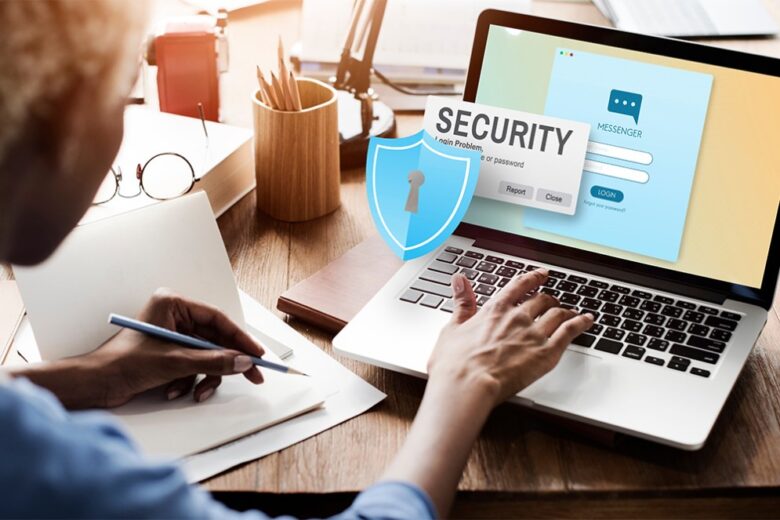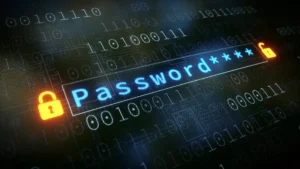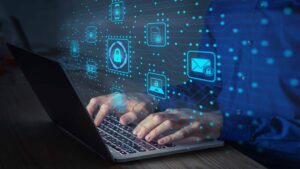The Internet now connects almost every aspect of our lives. Our personal and professional lives are heavily reliant on digital platforms. Digital security is now a necessity for everyday life because of this reliance on digital platforms. Digital security does not only mean keeping your devices secure but also protecting your identity, financial data, and private communications against hackers, scammers, and cybercriminals. Anyone can be a victim of identity theft, fraud, or cyberattacks without proper security measures. Understanding the importance of digital security is essential to building a safe online presence.
Common Threats in the Digital World
Cyber threats can take many forms, and it is important to be aware of all of them. Phishing is one of the most common cyber threats, in which attackers trick people into divulging sensitive information such as passwords or banking details via fake emails or websites. Malware, including viruses, spyware, and ransomware, can cause damage to systems or steal data. Hackers are increasingly gaining unauthorized access to corporate or personal data. Another method is social engineering, in which criminals trick people into divulging private information. By being aware of these threats, you can take proactive steps to protect yourself rather than waiting until damage is done.
Create Strong and Unique Passwords
Passwords are the most important part of digital security. Cybercriminals can easily access multiple accounts with weak or reused passwords. Strong passwords should be unique and long and contain a mixture of letters, symbols, and numbers. Avoid using personal information like birthdays and names, as they are easily guessed. A password manager simplifies the task of managing multiple complex passwords while also ensuring their security. Making password management a top priority can help individuals reduce the risk that unauthorized users will gain access to their digital accounts.
The Role of Two-factor Authentication
Two-factor authentication is a crucial security measure because even the strongest passwords can be compromised. In order to complete the process, users must provide an additional form of verification, such as a biometric scan or email confirmation. Even if hackers get your password, you can’t access your account unless the 2FA is enabled. This feature is available on many online services, including email providers and banking apps. It also applies to social media platforms.
Safe Browsing and Online Behavior
Your internet usage significantly shapes your digital security. Safe browsing means you should be cautious when choosing which websites to visit. Also, make sure they have secure connections. This is often indicated by the “https” at the beginning of their web address. It is also important to avoid suspicious links, downloads, and pop-ups, as these may contain malware. Verify the source before revealing personal information or purchasing online. Another risk is public Wi-Fi networks, which are usually unprotected and allow cybercriminals access to data. When using public internet connections, a VPN can be used to keep browsing private and secure.
Protecting Personal Devices
Securing devices connected to the Internet is essential. Installing antivirus software and updating systems, as well as enabling firewalls, are among the easiest and most effective methods to protect smartphones and computers. Software updates often contain security patches to fix any vulnerabilities that hackers may exploit. By encrypting your devices and backing up vital data, you can ensure that sensitive information is protected even in case of a breach. Treating every device as if it holds valuable information simplifies the maintenance of a strong security posture.
Social Media Security Awareness
Social media can be fun and helpful but also dangerous if they are not used correctly. People share too much information that criminals can use to commit identity theft or scams. Simple but effective steps include setting privacy controls that limit who can see your posts and being aware of strangers’ friend requests. Cybercriminals create fake profiles in order to trick people into divulging personal information. It is important to verify accounts before engaging with them. Social media accounts are also common targets of hackers, so they should be protected with strong passwords and two-factor authentication. Security on social media is all about finding the right balance between openness and caution.
Secure Digital Lifestyle
Digital security is a lifestyle, not an event. This includes regularly updating passwords and enabling two-factor verification, as well as keeping devices safe and practicing safe online behaviors. It also means being proactive about learning new risks and applying the latest protective measures. You can have peace of mind by making security a part of your daily routine. It is not the goal to eliminate all risk, but rather to reduce it to a point where cybercriminals have a hard time succeeding.
Conclusion
Digital security is an important part of our modern lives as we continue to integrate the digital world into our personal, professional, and financial lives. Every small step counts towards a stronger defense from cyber threats. From using strong passwords to enabling two-factor verification to protecting your devices and practicing safe browsing, each little thing helps. The most powerful security tool remains awareness—understanding risks and knowing how to respond to them. Cybercrime can be significantly reduced by taking proactive steps and treating security like a process.
FAQs
1. What is the greatest threat to digital security in today’s world?
Phishing is one of the greatest threats. Attackers use deceptive tactics to trick people into divulging sensitive information.
2. How often should you change your password?
It is advisable to change your passwords at least every few months.
3. Is it safe to use public Wi-Fi?
A VPN will help you protect your data when using public Wi-Fi networks.
4. Is antivirus software necessary if I have already updated my devices?
Antivirus software can provide an additional layer of protection from malware and other threats, which updates alone might not be able to cover.
5. What is the quickest way to improve digital safety immediately?
Two-factor authentication is a powerful and instant way to protect your accounts from unauthorized access.




